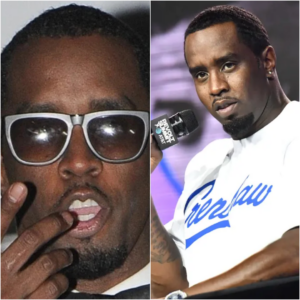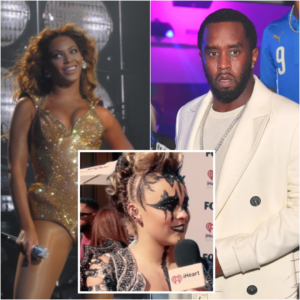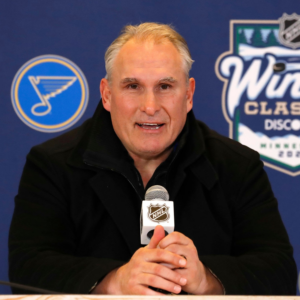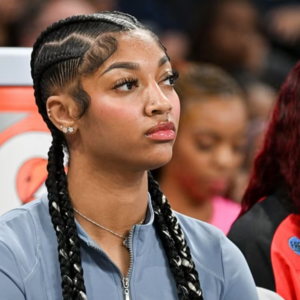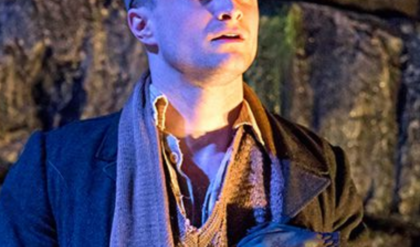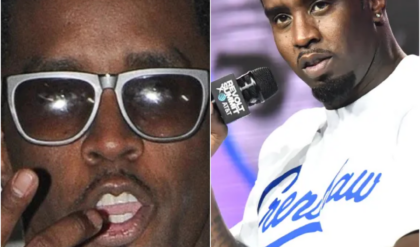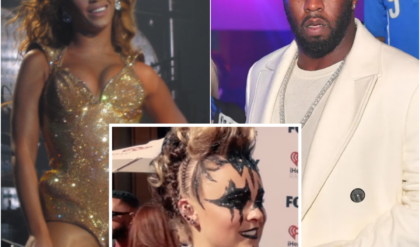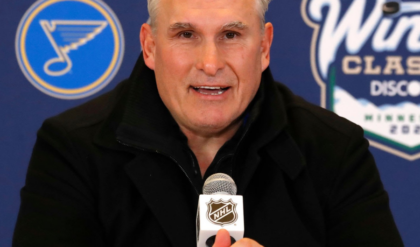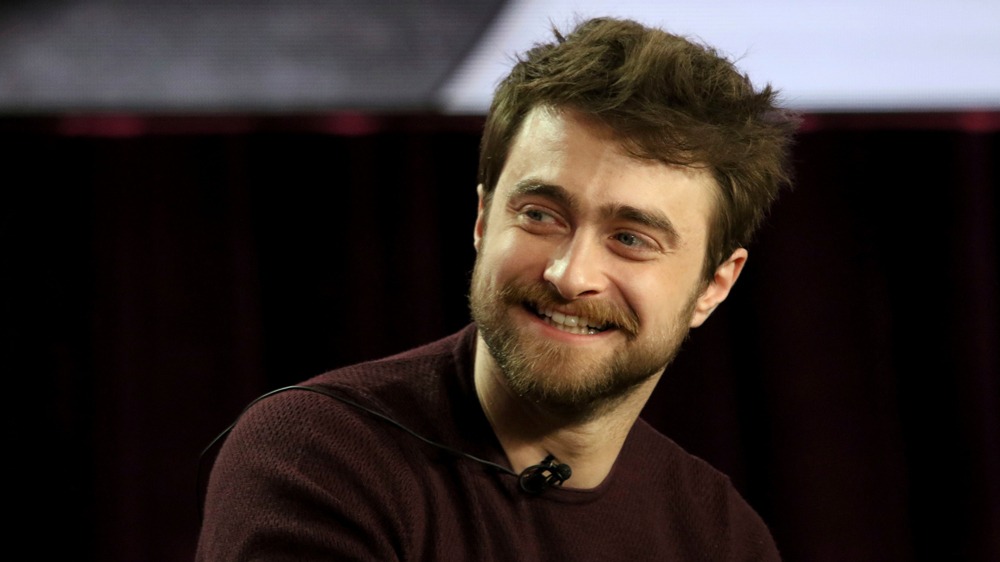
Early Theatre Involvement
Radcliffe’s transition from film to theatre wasn’t an easy or expected one. After years of blockbuster fame, most people might assume he’d stick to what he knew best—big-screen spectacles. However, the world of live theatre had always intrigued him. As a young actor, Radcliffe saw theatre as a raw and unfiltered medium where mistakes couldn’t be edited out, and performances couldn’t be tailored in post-production. The energy of the audience and the immediacy of the moment fascinated him. His first serious dive into the stage came after the “Harry Potter” series ended. Determined to break free from the wizarding world and stretch his acting abilities, Radcliffe chose theatre as the ultimate proving ground.

His initial steps into this new world were cautious yet daring. In 2007, at just 17 years old, he shocked fans and critics alike when he took on the lead role in Equus, a controversial and intense play by Peter Shaffer. The choice marked a distinct departure from the magical, family-friendly persona he’d cultivated in the Harry Potter franchise. It was a brave decision, but it was also a statement. Radcliffe was signaling to the world that he was ready to shed the boy-wonder image and be taken seriously as a dramatic actor.
Notable Stage Roles
Equus was just the beginning. In this psychological drama, Radcliffe played Alan Strang, a troubled young man with a pathological fascination with horses. The role was emotionally demanding and required a deep dive into complex, often dark emotions. Furthermore, it required him to perform a full-frontal nude scene, a bold move for an actor known primarily for a family film series. While many expected the role to be career suicide, it was the opposite. Critics were impressed by his raw performance, and Radcliffe’s turn in Equus was widely regarded as a success. His performance demonstrated his willingness to take risks, embrace challenging material, and leave behind the safety net of his Potter fame.

Radcliffe’s next major role came in 2011 when he took on the lead in How to Succeed in Business Without Really Trying, a revival of the beloved 1960s Broadway musical. This production was a significant shift from the heavy and introspective Equus. Here, Radcliffe played J. Pierrepont Finch, a window washer who rises to the top of a major corporation. The role required Radcliffe to sing and dance—something completely outside his comfort zone. Once again, the actor impressed critics and audiences with his dedication. He trained rigorously to master the demanding choreography and vocal performances, proving that his talents extended beyond dramatic acting to musical theatre.
Another standout role for Radcliffe was in The Cripple of Inishmaan in 2014. Written by the celebrated playwright Martin McDonagh, the play tells the story of a disabled boy named Billy, who dreams of leaving his small Irish town for a better life. Radcliffe’s portrayal of Billy was another test of his dramatic range. The role was emotionally taxing and physically challenging, requiring him to convincingly depict a character with a physical disability. Once again, Radcliffe rose to the occasion, and his performance was lauded for its sensitivity and depth. The role not only demonstrated his versatility but also his willingness to take on roles that were difficult and unconventional.
Challenges and Growth as a Stage Actor
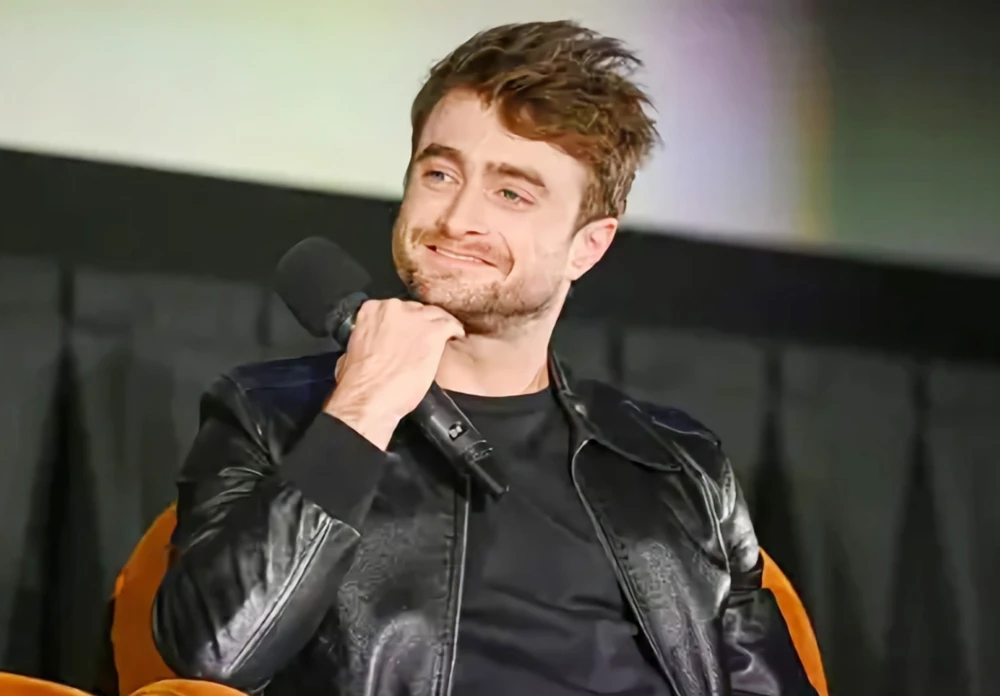
Transitioning from film to theatre wasn’t without its challenges. For an actor used to the controlled environment of a film set, where mistakes could be corrected in multiple takes, theatre was a different beast. The immediacy of performing live, with no safety net and an audience just feet away, was a new kind of pressure. For Radcliffe, the greatest challenge was learning to embrace the unpredictable nature of theatre. Each night was a unique experience, with the energy of the audience and the dynamics of the cast constantly shifting.
One of the most daunting aspects of theatre for Radcliffe was the interaction with the live audience. In film, the fourth wall is unbreakable—actors are in their world, and the camera observes. But in theatre, the audience is a vital part of the experience. Their reactions, whether audible or through subtle energy shifts, could impact the performance. For someone used to the isolation of a film set, this was both exhilarating and nerve-wracking. Radcliffe has spoken openly about the anxiety that comes with live performance, but he also credits this anxiety with helping him grow as a performer. The constant challenge of delivering a flawless performance in front of a live audience pushed him to refine his craft in ways he hadn’t expected.
News
Hip-hop mogul faces legal crisis: Court of Appeal denies bail application twice, details
The embattled hip-hop mogul’s legal team has filed an appeal with the United States Court of Appeals for the Second Circuit after he was denied bail twice. Sean “P. Diddy” Combs’ legal team has filed an appeal with the United…
Recently, the former star of ‘Dance Moms’ mocked the popular conspiracy theory about Beyonce and Diddy in an award speech, details
The former star of ‘Dance Moms’ gets mixed responses after giving a shout-out to the Grammy-winning singer as she accepted an award at the Industry Dance Awards. JoJo Siwa is playing into the trending conspiracy theory involving Beyonce Knowles and Sean “P. Diddy”…
The futures of several Maple Leafs players have taken a sudden turn, with negotiations ongoing between the Leafs and two key free agents.
Photo credit: Marc DesRosiers-USA TODAY Sports The Maple Leafs have some high profile free agents in need of new deals, and one NHL Insider has some good news to report on Knies, McCabe. During training camp, McCaberevealed that he and…
Nathan MacKinnon reveals why NHL stars like McDavid, Crosby prefer training in Vail over Canadian cities of Toronto & Montreal
Nathan MacKinnon talks about why NHL stars prefer training in Vail (image credit: IMAGN) Nathan MacKinnon has explained why top NHL players like Connor McDavid and Sidney Crosby prefer training in Vail, Colorado, over busy Canadian cities like Toronto and Montreal. On Episode…
Watch: J.T. Miller & Anthony Mantha exchange heavy hits in retaliation for Kevin Rooney hit.
J.T. Miller and Anthony Mantha engaged in heavy hits as tensions escalated during Wednesday’s matchup between the Vancouver Canucks and the Calgary Flames. The altercation sparked in the first period after Miller delivered a big hit on the Flames’ Kevin Rooney…
Fans connect Angel Reese’s cryptic tweet to Chicago Sky’s groundbreaking practice facility: “Then why wasn’t she there?”
Fans react to Angel Reese’s absence at the Chicago Sky’s groundbreaking ceremony (Image credits: Getty) The Chicago Sky celebrated a historic moment recently but fans noticed that Angel Reese wasn’t present at the event. Some well-known franchise members were present at the Sky’s…
End of content
No more pages to load
